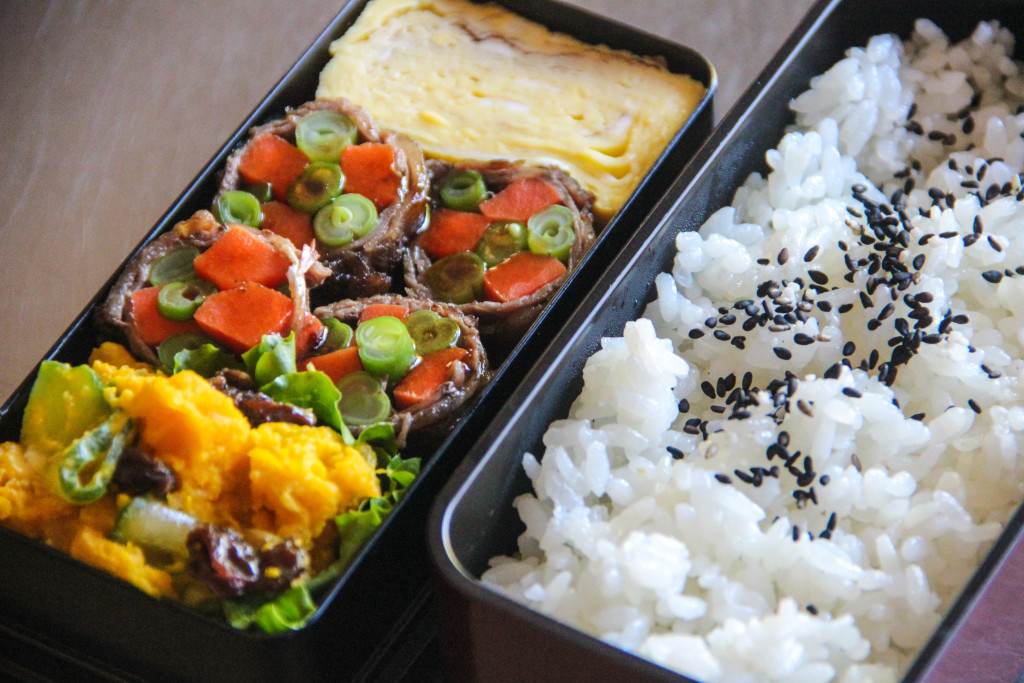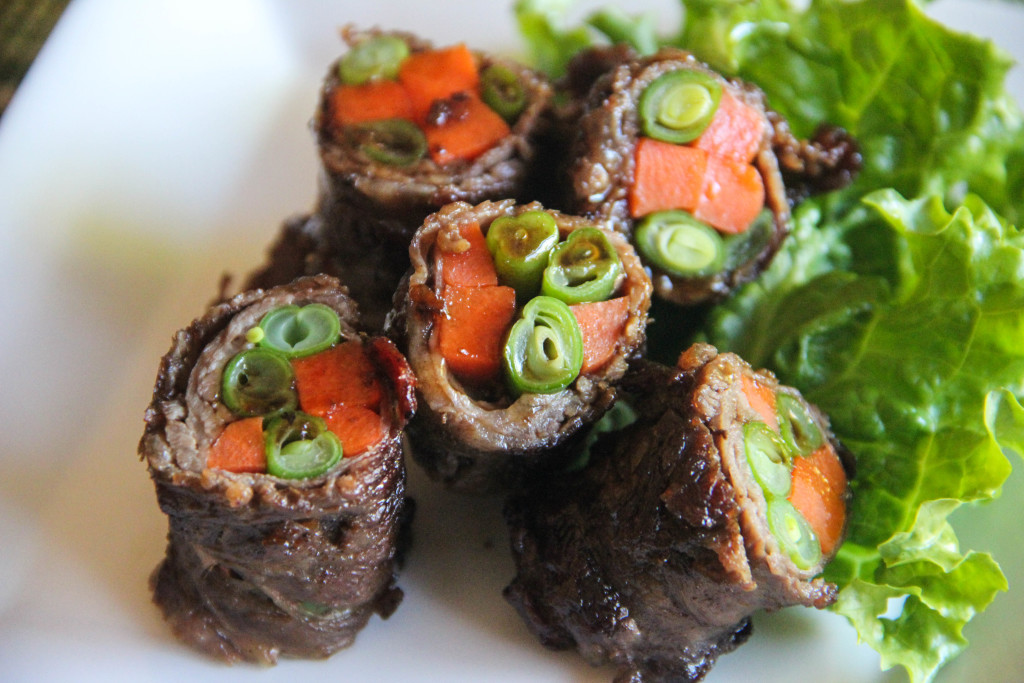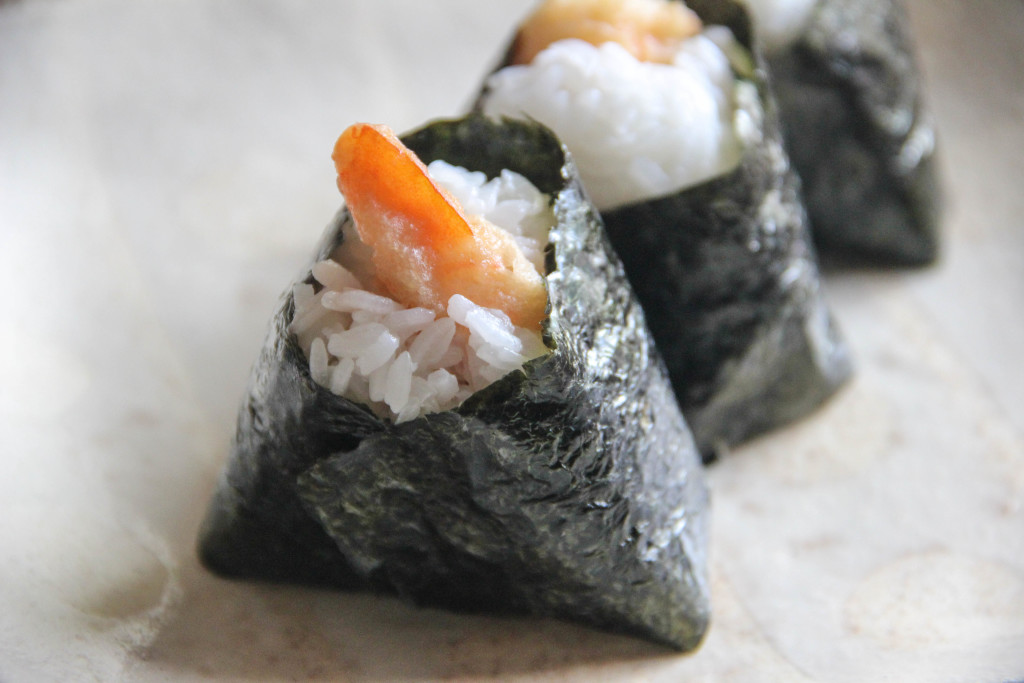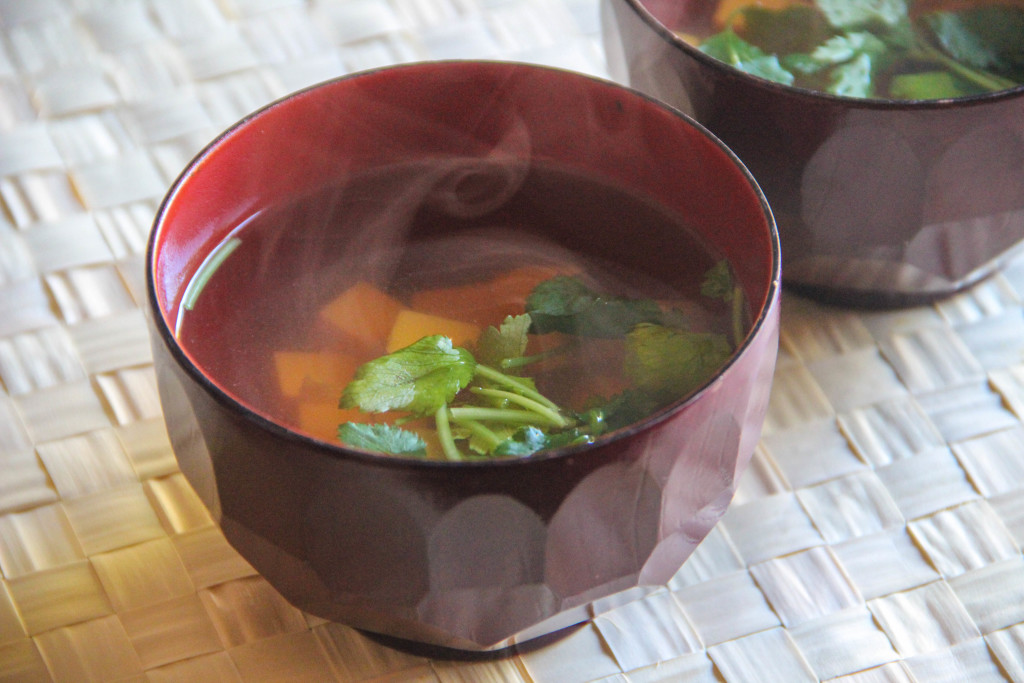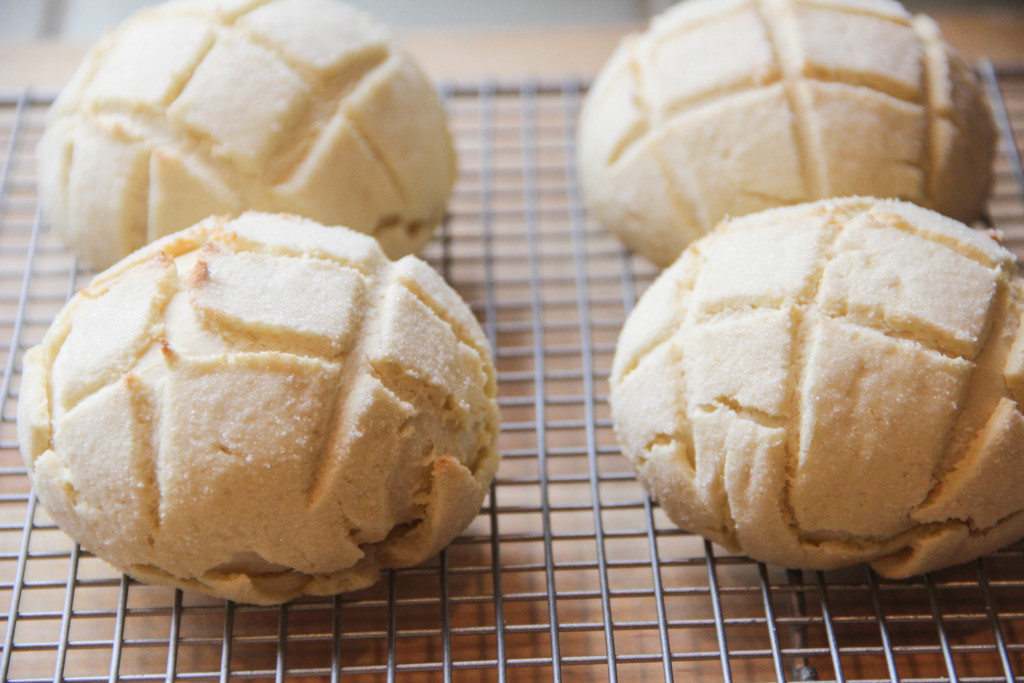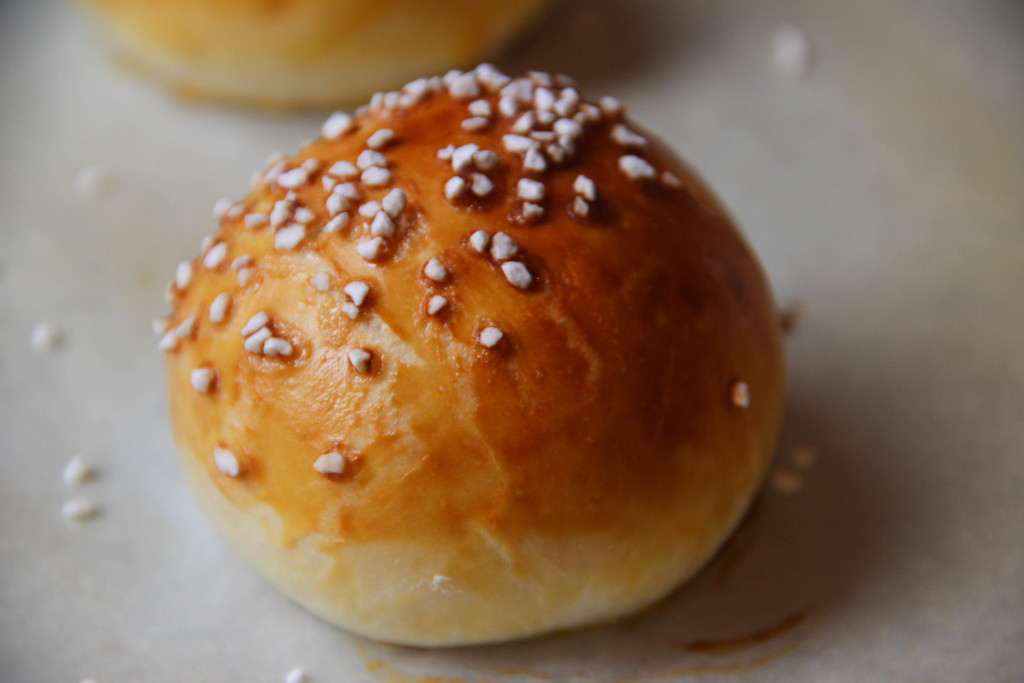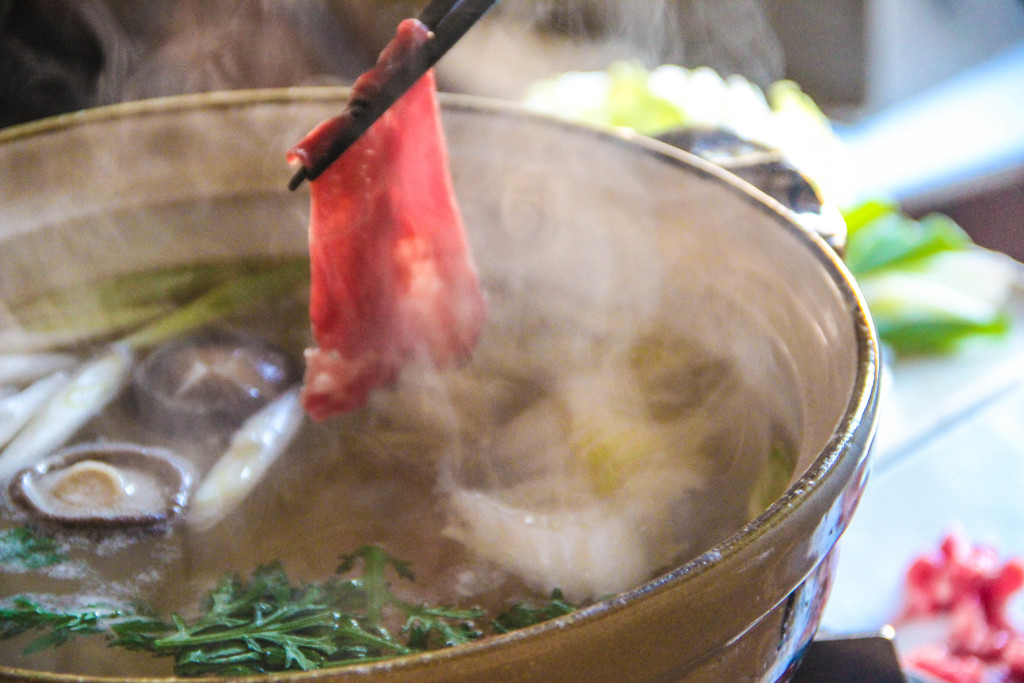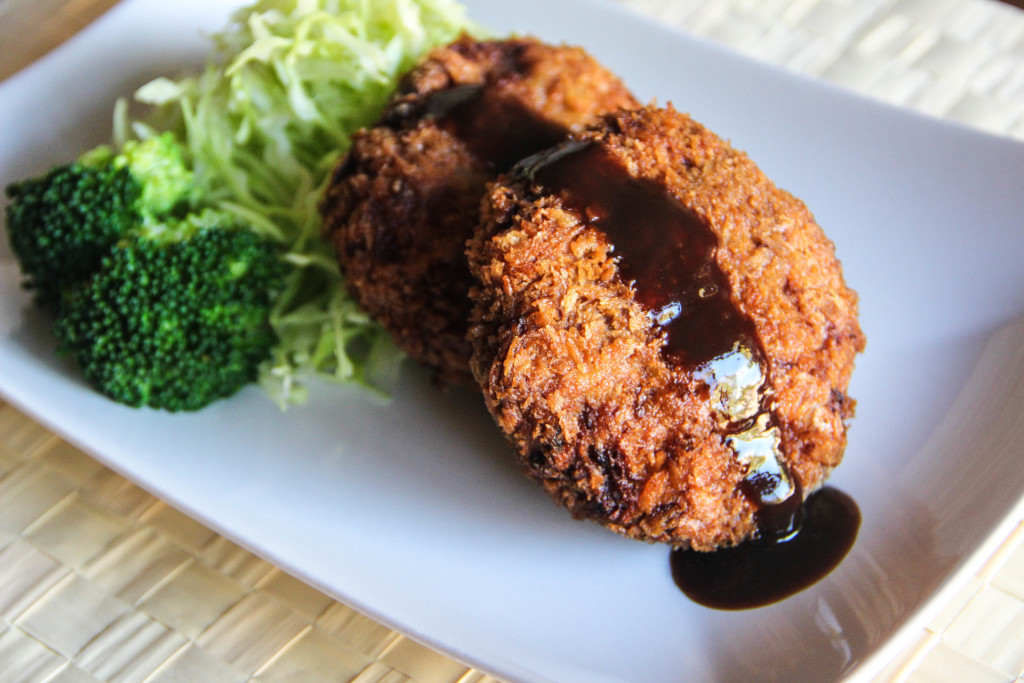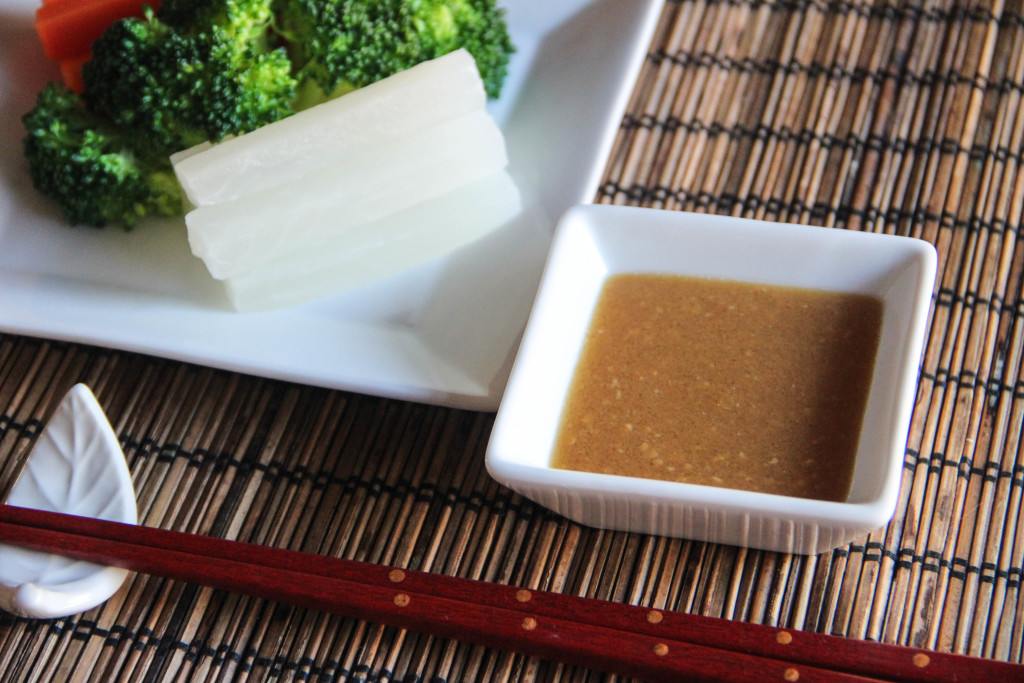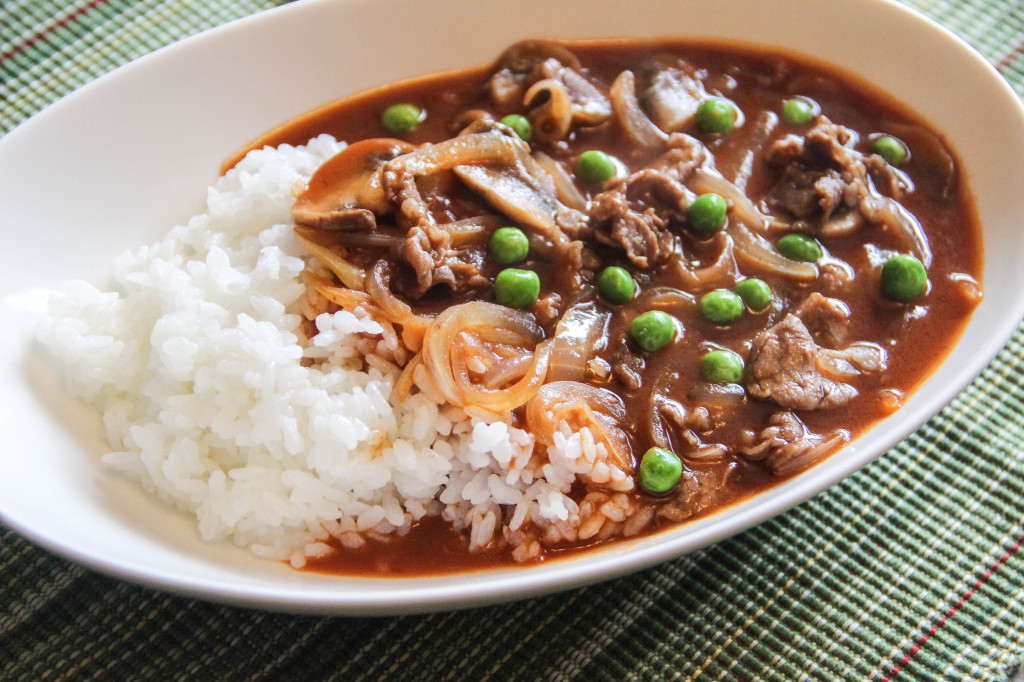As you can see from previous entries in our Bento Lunch series, Bento is a portable packed meal, usually eaten for lunch in Japan. You can buy bento at bento shops, convenience stores, grocery stores, train station shops – pretty much anywhere there. However, as we always say, the home-made kind is the best! And it’s not hard to make at all.
If you know you need to bring lunch the next day, just think ahead. Leave some food from dinner aside, and even prepare vegetables before you go to bed. It is busy in the morning for everyone, so keep the Bento making to a minimum in the morning.
We have Steamed Rice, Beef Roll Up with Vegetables, Tamagoyaki and Kabocha Salad in our Bento box this time. You could get Beef Roll Up prepared the night before, and it’s best to pan-fry the meat in the morning. Tamagoyaki doesn’t take long to make in the morning. Kabocha Salad should be made in advance. Add some lettuce for splash of color, and it also works as a divider between dishes. If you like, you can sprinkle black sesame seeds and salt on your Steamed Rice.
One thing you have to be careful about is the temperature: the wrong temperature may induce bacteria growth – yuck! You need to cool the Bento completely before you wrap it up. Also, raw fish or undercooked meat are not suitable for Bento. Try not to let it get too warm. You might want to use an ice pack during the summer. Treat your Bento like your ham sandwich.
For a container, you can use your old tupperware, of course, but there are tons of cute and cool Bento boxes you can get to show off your style out there. Some people also get really artistic and creative with how they cut and arrange food in the box. Faces, animals, nature scenes. Whatever makes you smile and hungry, pack it up – and don’t forget your chopsticks!
Bento Lunch Menu 3
Ingredients
- Steamed Rice
- Beef Roll Up with Vegetables
- Tamagoyaki
- Kabocha Salad
- Gomashio (black sesame seeds & salt)
Instructions
- Pack steamed rice with a sprinkle of Gomashio, and arrange the other dishes in the bento box.
